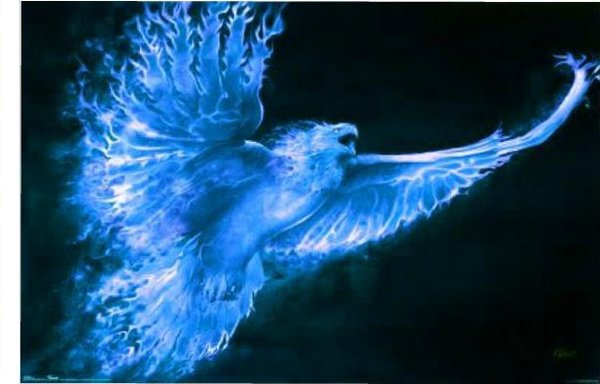


Thus, the Greeks adopted the Phoenix bird as the emblem of the cycles of life and death, of the eternal rebirths of its own ashes. It is assumed that the next Phoenix bird will be born from this egg. It was colored in gold and purple, and the bird had visited the Sun Temple at Heliopolis every 500 years, carrying its parent’s ashes in a myrrh egg. In the 5th century BC, Herodotus said he had visited Heliopolis and was told of a grandiose Phoenix bird. It seems that the Bennu bird was the prototype of the Phoenix bird’s classic myth, a unique creature on Earth. READ MORE: Spiritual Meaning of Déjà Vu Bennu Bird The Milky Way symbolized the path of souls. At the beginning of the cycle, Belgian author and lecturer Robert Bauval found that Milky Way was on top of the Nile course. The beginning of the cycle was of great importance to the Egyptians. For the Egyptians, Phoenix was the symbol of the 1460-year Sothic cycle. Egyptian Mythology & Phoenix BirdĪccording to Egyptian mythology, the Phoenix arrived to mark the birth of a new era. In their mythology, Zep Tepi was marked by the elevation of the primordial mound from the ocean and the landing of the Phoenix bird on it. The mysterious First Time, or Zep Tepi, was an expression the ancient Egyptians used to refer to the beginning of time. “This is the Splendid Place of the First Time.” In the same way, between the lion’s paws of the Sphinx of Giza, looking east, there is a large stone that carries an inscription that says: The attempts to link the Phoenix bird from mythology with a real bird, undertaken by the ancients, were unsuccessful we know that in the time of Emperor Claudius, a so-called Phoenix bird was captured in Egypt and shown in Rome, but its identification was received with skepticism. It is certain that the equivalent of the Phoenix bird was related to the cult of the Sun, as well as to the idea of regeneration and life, and that these characteristics are resumed in classical mythology. They related it to the daily cycle of the Sun and the annual Nile overflow, but the astrologers linked the story of its long life to the theory of the sidereal revolution. Herodotus and other Greek and Latin writers certainly knew, more or less directly, about Egyptian sources describing a similar animal, the Bennu bird, sometimes reproduced and placed at the bow of Egyptian ships. Here, the priests of Helios will begin the solemn funeral ritual.Īfter this transitory appearance in Egypt, the young bird returns to Arabia (or Ethiopia), where it lives its long solitary life feeding on incense pearls until it generates another specimen of its ashes. The new Phoenix bird buries the previous one, placing the remains in an egg-shaped myrrh and incense wrap and carrying them, with a cortege made of other birds flying around, to the sanctuary of Heliopolis. The ashes are the source of its rebirth as another bird. When its long life is about to end and the bird feels this, it makes a nest of aromatic herbs and incense it then sets fire to this nest, and, according to legends, it lays in it, burning along with the nest. The most remarkable legends refer to its reproduction. The Phoenix bird originates in Arabia (or Ethiopia) and is the object of particular worship in Egypt, at Heliopolis. Also, it is the only one in its species and, therefore, it can not reproduce. It has extraordinary longevity (its lifetime varies from 500 to almost 13,000 years, depending on the sources). The Phoenix bird resembles an eagle as a shape, but has splendid colorful plumage, with purple and gold spots (two “noble” colors with obvious symbolic significance), making it more beautiful than any peacock. If we don’t take into account the fragment of Hesiod where he speaks of this bird’s long life (927 years), the first to talk about Phoenix is Herodotus in “The Histories,” he provides a description and speaks about its living habits. Wrapped in mystery because of its exceptional destiny, transformed into a symbolic image of rebirth, considered as originating from the most diverse places, this bird is presented in classical mythology under many forms, multiplied by the innumerable reinterpretations proposed by the following centuries and by the various cultures in the classic world. The Phoenix bird is a mythical creature, resurrecting from its own ash, resembling an eagle, with splendid feathers and a very long life.


 0 kommentar(er)
0 kommentar(er)
